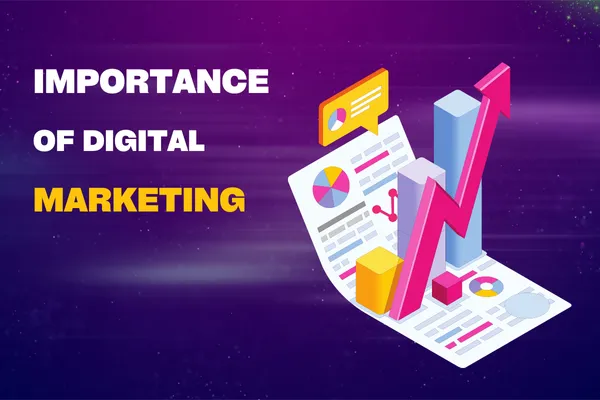
The Importance of Storytelling in Digital Marketing
In the digital age, storytelling has emerged as a cornerstone of successful marketing strategies. Far from being a relic of traditional advertising, compelling narratives have proven their relevance in engaging modern audiences and driving business success. Here’s why storytelling is indispensable in digital marketing and how businesses can harness its power effectively.
Why Storytelling Matters in Digital Marketing
1. Building Emotional Connections
People buy based on emotions and justify with logic. Storytelling taps into this dynamic by creating narratives that resonate on a personal level. A well-told story humanizes a brand, making it relatable and memorable.
2. Differentiating Your Brand
In a saturated market, facts alone won't set your business apart. Stories, however, can. They provide a unique lens through which customers can view your brand, its values, and its mission.
3. Boosting Engagement
Digital consumers are bombarded with content daily. Stories are more likely to grab and hold their attention compared to bland product descriptions or generic advertisements.
4. Simplifying Complex Messages
When dealing with intricate concepts or technical products, storytelling can break information into digestible, relatable narratives, making it easier for audiences to understand and connect with your message.
How to Incorporate Storytelling Into Digital Marketing
1. Define Your Brand Narrative
Every successful story starts with a clear narrative. Ask:
What does your brand stand for?
What is your mission?
What problems are you solving for your audience?
Your brand story should reflect these core elements, creating a cohesive narrative that informs all your campaigns.
2. Know Your Audience
Understand the preferences, pain points, and aspirations of your target audience. Tailor your stories to address their needs and emotions. Tools like Google Analytics or SEMRush can help gather data-driven insights into your audience.
3. Use Visual and Multimedia Elements
Storytelling isn't limited to words. Videos, infographics, and user-generated content amplify your narrative’s impact. Platforms like Canva make it easier to create visually appealing content that enhances your story.
4. Leverage User Stories
Customer testimonials and success stories serve as powerful narratives. Real-life experiences shared by satisfied customers build trust and validate your brand’s claims.
5. Engage Through Social Media
Social media platforms are ideal for sharing stories in a bite-sized, engaging format. Instagram Stories, LinkedIn posts, or Twitter threads allow brands to connect with audiences in real-time, fostering community and loyalty.
Measuring the Impact of Storytelling in Digital Marketing
To evaluate the success of storytelling efforts, track these key metrics:
Engagement Rates: Monitor likes, shares, and comments to gauge how well your story resonates.
Conversion Rates: Measure how many users take desired actions after engaging with your content.
Brand Recall: Use surveys or analytics to determine if audiences remember and associate your story with your brand.
Examples of Storytelling in Action
Nike: "Just Do It"
Nike’s campaigns consistently tell stories of perseverance and triumph, connecting deeply with their audience’s aspirations.
Airbnb: Community Tales
Airbnb highlights authentic experiences from its hosts and guests, fostering a sense of community and belonging.
Conclusion
Storytelling in digital marketing is no longer optional; it’s essential. By crafting authentic, engaging narratives, brands can forge stronger connections, stand out in a crowded digital landscape, and drive meaningful results. With the right tools and strategies, your brand’s story can become the key to its success.
